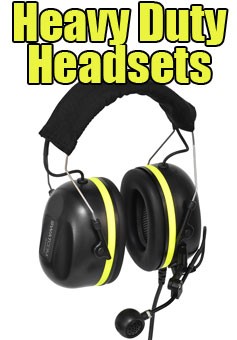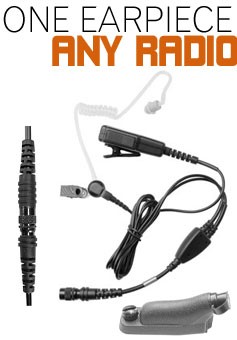
Mountaineering presents its unique set of challenges, one of which is maintaining effective communication. In the vast expanse of the mountains with varying terrains and altitudes, conventional communication means often fail, making walkie-talkies a necessity. These handy devices rely on radio waves, providing a reliable communication link even in remote, high-altitude regions.
This article will guide you through the best long-range walkie-talkies designed specifically for mountain scenarios, ensuring you stay connected and safe during your awe-inspiring mountain adventures.
Do Walkie Talkies Work in the Mountains
Yes, walkie-talkies do function in mountainous areas. However, the range might be constrained due to the undulating terrain. Radio waves, which are the core technology in walkie-talkies, typically operate on a line-of-sight basis. This means they travel in a straight path, from the transmitting radio to the receiving one. In an open field, this allows for clear communication over long distances.
However, in a mountainous region, the range can be significantly affected by the number of obstacles between the two radios. Obstacles such as trees, buildings, and rocks can hinder the straight path of the radio waves, diminishing the signal strength and clarity. Hills and mountains, meanwhile, can block the line of sight altogether, drastically reducing the range.
Therefore, while walkie-talkies can offer a convenient mode of communication in the mountains, their effectiveness is largely dependent on the specific terrain and conditions.
What Affects the Signal of Walkie Talkies
Range and Frequency
When it comes to selecting radios for mountainous terrains, VHF (Very High Frequency) radios generally outperform UHF (Ultra High Frequency) radios. VHF radios operate on lower frequencies and longer wavelengths, making them ideal for outdoor, open-range scenarios and for penetrating natural barriers like hills and mountains. They can cover a range of up to 5-10 miles over water or flat terrain, and even in hilly terrain, they can achieve a range of 1-3 miles.
However, VHF radios do have their limitations. Their performance diminishes inside buildings made of metal and concrete due to their longer wavelengths. On the other hand, UHF radios, with their higher frequencies and shorter wavelengths, are better suited for use within buildings. They can penetrate these dense materials more effectively, providing clear communication inside structures.
Despite being superior in built-up areas, UHF radios generally have a shorter range than VHF radios. If a VHF wave and a UHF wave were transmitted over an area without barriers, the VHF wave would travel almost twice as far. Therefore, while UHF might be the best choice for urban environments or indoor use, for communication in mountainous regions, VHF radios are the clear winner.
Location
When communicating through a clear region, such as from the top of a mountain to a base nearby with minimal obstacles, walkie talkies should provide a sufficiently clear signal. The absence of obstructions allows the radio waves to travel directly, resulting in clear communication.
However, if you find yourself nestled within an area with towering mountains or dense forests surrounding you, your signal may not extend as far. The high terrain and thick vegetation act as barriers, obstructing the straight path of the radio waves and consequently reducing the communication range of your walkie talkie.
Environment
Weather conditions play a significant role in determining the effectiveness of walkie talkie communication in mountainous regions. Mild rain usually won't have a substantial impact on a powerful walkie talkie; however, more severe weather conditions, such as heavy blizzards often experienced in mountainous areas, can significantly hamper the signal quality. Snowflakes, due to their water content, can absorb the radio waves, leading to weakened signals and less clear communication.
Furthermore, physical barriers such as dense tree coverage and buildings compound this issue by further obstructing the signal and reducing its range. Thus, it's essential to consider both the weather and the surrounding environment when planning to use walkie talkies for communication in mountainous terrain.
Power of the radio
The power output of your radio equipment significantly affects its range and, subsequently, its utility in a mountain setting. A professional-grade walkie talkie, typically boasting a power output of 5-6 watts, will offer a decent range, suitable for most mountainous terrains. Even more impressive is a base unit with a 20-watt power output, which can generally maintain communication for 20-30 miles on the VHF band.
This makes it a much more potent tool for long-range communication in mountainous regions. On the contrary, a radio purchased from the leisure range, characterized by a low power supply, will offer a limited range and, therefore, may not be useful in a mountain setting.
-

Pack of 6 Licence Free Digital Handheld Two-Way Radio with Charger
The Hytera BD505LF is a digital handheld two-way radio that uses PMR446 pan...




















